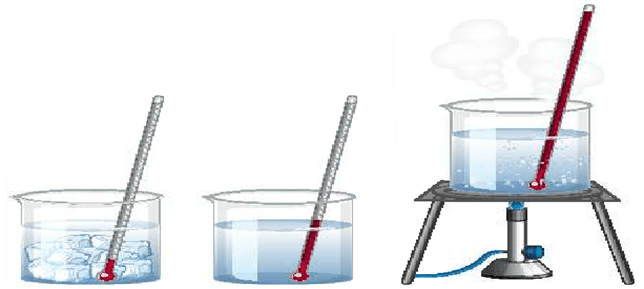Manufacturers provide various reaction vessels and process equipment for multiple industries. Here, we explore reaction vessels’ technical aspects and utility across industries. We also explore stainless pressure vessels and their usage. In further detail, we explore which industries use reaction vessels and stainless pressure vessels the most.
What are Reaction Vessels?
A reaction vessel is a special equipment that is essential in industries that use chemicals. These containers hold chemical reactions so that a response can occur in a controlled setting. Although they are called reaction vessels, they are used for various purposes like synthesis, extraction, and purification.
Since chemicals are used in various forms, typical reaction vessels vary from a simple polystyrene coffee cup to a 10-inch thick stainless steel vessel. The primary guideline when choosing reaction vessels depends on the purpose of the reaction. For example, a small-scale research reaction vessel may differ from one used for large-volume chemical manufacturing.
What are Stainless steel vessels?
The most commonly used reaction vessels are glass or stainless steel. The latter is expected because of its corrosion resistance and durability. Stainless steel reactors are ideal for conducting reactions between corrosive chemicals at high temperatures and pressures.
Stainless steel vessel are the mainstay of the chemical, pharmaceutical, and food industries because they were built to remain unreactive to chemical reactions despite the acidic and basic levels of the products used.
What are the features of reaction vessels?
Reaction vessels are used to conduct reactions between various chemicals. Depending on the potential response to be held, these vessels may have stirring mechanisms. Many may include temperature control systems and ports for adding or removing substances. These features help ensure the reaction is carried out safely and efficiently.
Typical chemical reactions in reaction vessels are condensation, polymerization and esterification. Most reaction vessels are glass reactors made from borosilicate glass. The reason for making these vessels from borosilicate is their resistance to thermal shock and chemical corrosion. Glass reactors can regulate conditions like temperature and pressure to create ideal conditions for chemical reactions,
How do you choose a Reaction Vessel for industrial use?
If you are looking to buy a reaction vessel for industrial use, here are some things to consider:
- The Shape: Glass pressure reactors are rounded to allow pressure to expand evenly. Sharp corners can cause the vessel to break at weak points.
- Safety features: Choose vessels with pressure relief valves and rupture discs when possible.
- The Temperature range: The average temperature range in reaction vessels is -100°F to +400°F (-73°C to 204°C); a bespoke vessel made with PTFE may be a good option.
Reaction vessels are typically equipped with ways to introduce gas and remove products. They may also have supports for a catalyst bed or trays for mass transfer.
Types of reaction vessels
Reaction vessels come in many types, including:
- Jacketed: Also known as double-walled reactors, these vessels have an inner vessel holding the reactants and an outer shell circulating a heating or cooling fluid. The jacket regulates the temperature of the reaction.
- Limpet coil: These vessels can be body flange or welded types.
- Top open: These vessels can also be top dish types.
Conclusion
Many industries that use chemicals depend on reaction vessels for error-free results. These vessels are made of various materials, most commonly glass and stainless steel. When choosing such equipment for your laboratory or office, consider the reaction vessel’s shape, safety features and temperature range. The purpose of reactant vessels is to aid manufacturers in efficient use of chemicals in various stages of the production process. The advantage of using stainless steel vessels in food and chemical industries is due to the non-reactive nature of these vessels.

As the editor of the blog, She curate insightful content that sparks curiosity and fosters learning. With a passion for storytelling and a keen eye for detail, she strive to bring diverse perspectives and engaging narratives to readers, ensuring every piece informs, inspires, and enriches.










